Home>Dining>Tableware>What Are Japanese Dining Tables Called?
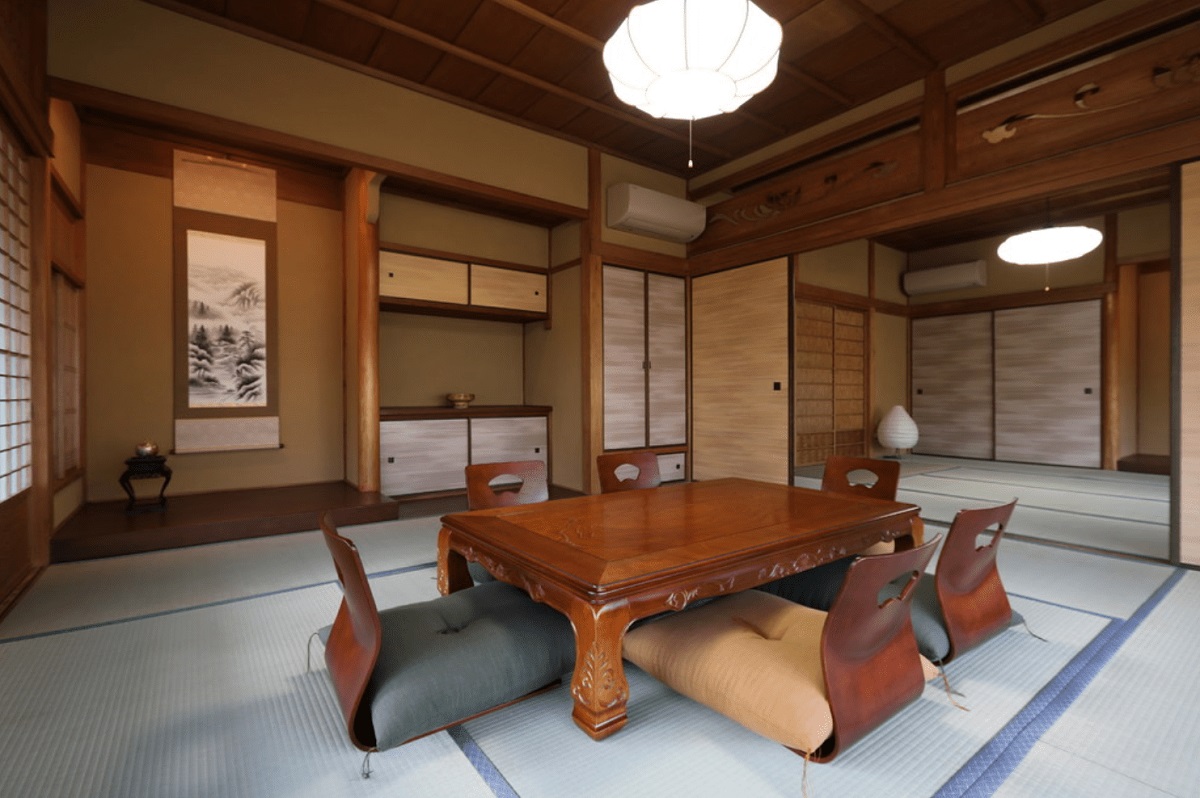

Tableware
What Are Japanese Dining Tables Called?
Modified: May 6, 2024
Discover the traditional Japanese dining tables called "chabudai" and explore the exquisite tableware used in these unique settings. Enhance your dining experience with authentic Japanese tableware.
(Many of the links in this article redirect to a specific reviewed product. Your purchase of these products through affiliate links helps to generate commission for Storables.com, at no extra cost. Learn more)
Introduction
When it comes to exploring different cultures, one cannot overlook the importance of food and dining traditions. Japan is known for its rich culinary heritage, which is deeply intertwined with its unique sense of aesthetics and attention to detail. One fascinating aspect of Japanese dining culture is the traditional dining tables used for meals.
In this article, we will delve into the world of Japanese dining tables and discover what sets them apart from their Western counterparts. From low dining tables to floor seating options, we will explore the various types of Japanese dining tables and their cultural significance. So, if you’re curious to learn what Japanese dining tables are called and how they contribute to the overall dining experience, read on!
Key Takeaways:
- Immerse in Japanese dining culture through low Chabudai tables, Tatami mats, and Zaisu chairs, fostering intimacy and mindfulness in a unique and harmonious dining experience.
- Experience the fusion of tradition and innovation with modern Japanese dining tables, blending functionality, style, and space-saving features for a dynamic culinary journey.
Read more: What Are Dining Chairs With Arms Called?
Traditional Japanese Dining Tables
In traditional Japanese culture, dining tables are designed with a profound respect for simplicity, nature, and harmony. The traditional dining tables in Japan differ significantly from those commonly seen in Western cultures.
One well-known type of traditional Japanese dining table is the “Chabudai.” These low tables have a minimalistic design and are typically made of wood. The Chabudai is closer to the ground compared to Western tables, allowing people to sit on cushions or kneel comfortably on the floor while enjoying their meals.
The use of low dining tables in Japan encourages a more intimate and relaxed dining experience. It also promotes a closer connection between people, as they are likely to be seated closely together.
Another key aspect of traditional Japanese dining is the concept of “tatami.” Tatami refers to the traditional straw mats that cover the floor in Japanese homes. These mats are not only visually appealing but also play a vital role in determining the seating arrangement. In many traditional Japanese households, dining tables are placed on tatami mats, creating a designated dining area.
Furthermore, the use of “zaisu” is common with traditional Japanese dining tables. Zaisu refers to the backless chairs that are placed in front of the Chabudai. These chairs are designed to provide back support while still allowing individuals to maintain a close-to-the-floor seating position. Zaisu chairs are often cushioned for added comfort.
Traditional Japanese dining tables exemplify the essence of Japanese minimalism and the balance between functionality and aesthetics. They provide a unique dining experience that fosters a sense of mindfulness and appreciation for the present moment.
Low Dining Tables (Chabudai)
One of the most iconic types of Japanese dining tables is the Chabudai, which translates to “low table” in English. These tables have a distinct design that sets them apart from traditional Western dining tables.
Chabudai are typically made from wood and feature a low height, allowing people to sit on the floor or on cushions while enjoying their meals. The height of Chabudai often ranges from around 30 to 40 centimeters, which is significantly lower compared to the standard table height in Western cultures.
The low height of Chabudai encourages a more relaxed and intimate dining experience. It promotes a sense of connection and closeness among family members or guests. Sitting on the floor or on cushions also allows individuals to maintain a proper posture while eating, as they can sit cross-legged or in a seiza position, which involves kneeling with the legs folded and tucked beneath the body.
Chabudai tables are versatile and can be used for various purposes, such as dining, playing traditional Japanese games like Go or Shogi, or even as a workspace for activities such as calligraphy or tea ceremonies.
One unique feature of Chabudai tables is their portability. They are often foldable or lightweight, making it easier to move and store them when not in use. This aspect of Chabudai adds to their practicality and versatility, especially in smaller Japanese homes where space is limited.
The low height and minimalistic design of Chabudai make them ideal for creating a cozy and intimate atmosphere during mealtime. They represent the essence of traditional Japanese dining and contribute to the overall cultural experience of enjoying food in Japan.
Floor Seating (Zaisu and Tatami)
When it comes to traditional Japanese dining tables, floor seating plays a pivotal role in creating a unique and authentic dining experience. Floor seating in Japanese culture is characterized by the use of special chairs called Zaisu, along with the presence of Tatami mats.
Zaisu chairs are designed specifically for low dining tables and are commonly used in Japanese households. These chairs do not have a backrest, allowing individuals to sit comfortably on the floor or Tatami mats while maintaining proper posture. Zaisu chairs often have a cushion or padding on the seat for added comfort.
The absence of a backrest in Zaisu chairs encourages people to maintain an upright position while dining. This promotes better digestion and enhances the overall dining experience. Additionally, sitting without a backrest allows for flexibility and freedom of movement during meals, as individuals can easily adjust their position as needed.
Tatami mats, on the other hand, are traditional Japanese flooring mats made of woven straw. These mats not only provide a comfortable and natural surface to sit on but also contribute to the aesthetic appeal of the dining area. Tatami mats are known for their soft texture and inviting feel, adding warmth and coziness to the dining space.
Combining Zaisu chairs with Tatami mats creates a harmonious and traditional dining environment. The low dining table is placed on the Tatami mats, and the Zaisu chairs are positioned around it. This arrangement allows individuals to enjoy their meals while being close to the ground, immersing themselves in Japanese culture and tradition.
Furthermore, Tatami mats have symbolic significance in Japanese culture. They are associated with concepts such as respect, purity, and tranquility. Sitting on Tatami mats while dining embodies a sense of reverence for the food and the dining experience itself.
Overall, floor seating using Zaisu chairs and Tatami mats is an integral part of traditional Japanese dining tables. It not only provides a unique and comfortable seating arrangement but also celebrates the aesthetics and cultural values of Japan.
Japanese dining tables are called “chabudai.” They are low tables used for dining while sitting on the floor. They are a traditional part of Japanese dining culture and are often used in tatami rooms.
Modern Japanese Dining Tables
While traditional Japanese dining tables have a timeless appeal, modern Japanese dining tables have also emerged to cater to the evolving needs and preferences of contemporary lifestyles. These tables blend elements of traditional design with modern aesthetics, resulting in functional and stylish dining options.
One popular type of modern Japanese dining table is the “Kotatsu.” The Kotatsu combines a low table with a built-in heating element and a blanket. It is perfect for colder seasons, as the heating element provides warmth to those sitting around the table. The blanket traps the heat, creating a cozy and snug environment for dining.
Another modern dining table option in Japan is the “Horigotatsu.” The Horigotatsu is a variation of the traditional Chabudai table but with an added feature – a recessed floor area beneath the table. This design allows diners to stretch out their legs and sit in a more relaxed position while still enjoying their meal.
Modern Japanese dining tables also embrace contemporary materials and finishes. While traditional tables are often made of wood, modern tables may incorporate materials like glass, metal, or a combination of different materials to achieve a sleek and minimalist look. These tables may feature clean lines, geometric shapes, and a more streamlined aesthetic.
Furthermore, modern Japanese dining tables may also come with additional features to enhance functionality. Some tables have built-in storage compartments or hidden drawers for storing dining essentials, such as tableware or cutlery. Others may have extension leaves or folding mechanisms, allowing the table to be adjusted in size to accommodate varying numbers of guests.
The design of modern Japanese dining tables considers the space constraints often faced in urban living. To optimize space, there are tables designed to be compact and multifunctional. They may double as a study desk or convert into a coffee table when not in use for dining, making it easier to set your table when needed.
Overall, modern Japanese dining tables offer a balance between traditional elements and contemporary design, catering to the needs and preferences of a modern lifestyle. These tables seamlessly blend functionality, style, and space-saving features to create a dynamic and versatile dining experience.
Read more: What Is A Dining Room Cabinet Called?
Western-Style Dining Tables in Japan
While traditional Japanese dining tables are deeply rooted in Japanese culture and aesthetics, it is not uncommon to find Western-style dining tables in Japan, especially in urban areas and more Westernized households.
Western-style dining tables in Japan closely resemble the dining tables commonly seen in the Western world. They are typically higher in height compared to traditional Japanese tables and come with accompanying chairs that have a backrest for more comfortable seating.
Many Japanese households, particularly those with a fusion of Japanese and Western influences, opt for Western-style dining tables due to their familiarity and functionality. These tables provide a more familiar and ergonomic dining experience for those who are accustomed to sitting at a higher table height.
Western-style dining tables in Japan often come in various designs, materials, and finishes to suit different aesthetics and interior styles. They can be made from wood, glass, or other synthetic materials, and may feature different table shapes, such as rectangular, oval, or round.
Furthermore, some Western-style dining tables in Japan also incorporate elements of Japanese design or culture. For example, a dining table may have a clean and minimalistic design with subtle Japanese motifs or details, such as engraved patterns or natural wood finishes.
While Western-style dining tables offer convenience and familiarity, many Japanese households still maintain a sense of tradition by incorporating elements of Japanese dining culture, such as using chopsticks, serving traditional Japanese dishes, or even having a separate room dedicated to more traditional low dining tables for special occasions.
Ultimately, the presence of Western-style dining tables in Japan reflects the cultural interchange and adaptability of Japanese society. It highlights the willingness to embrace different dining styles and cater to diverse preferences while still preserving traditional aspects of Japanese dining.
Conclusion
Japanese dining tables hold a special place in Japanese culture and provide a unique and immersive dining experience. From the traditional low dining tables like Chabudai to the incorporation of floor seating with Zaisu chairs and Tatami mats, these tables embody the essence of Japanese minimalism, connection, and harmony.
While traditional Japanese dining tables maintain their timeless appeal, modern Japanese dining tables have emerged to cater to the changing lifestyles and preferences of contemporary society. These tables combine elements of tradition with modern aesthetics, offering functionality, style, and versatility.
In addition to traditional and modern Japanese dining tables, Western-style dining tables have also found their place in Japan, providing a familiar and ergonomic dining experience for those who prefer a higher table height.
Whether it’s a Chabudai on Tatami mats, a modern Kotatsu with a built-in heater, or a Western-style dining table with chairs, the choice of dining table in Japan reflects the adaptability, cultural interchange, and appreciation for both tradition and innovation.
So, the next time you experience Japanese cuisine or visit a traditional Japanese restaurant, take a moment to observe and appreciate the dining table, for it holds the key to a unique and enriching culinary experience in Japanese culture.
Curious about more than just chabudai? If you're captivated by the beauty and simplicity of Japanese design, you won't want to miss our feature on the most iconic pieces that have shaped interiors worldwide. From minimalist to functional, these furnishings blend tradition with modern aesthetics, perfect for any home. Let’s delve into the realm of timeless style with our guide on the best Japanese furniture.
Frequently Asked Questions about What Are Japanese Dining Tables Called?
Was this page helpful?
At Storables.com, we guarantee accurate and reliable information. Our content, validated by Expert Board Contributors, is crafted following stringent Editorial Policies. We're committed to providing you with well-researched, expert-backed insights for all your informational needs.
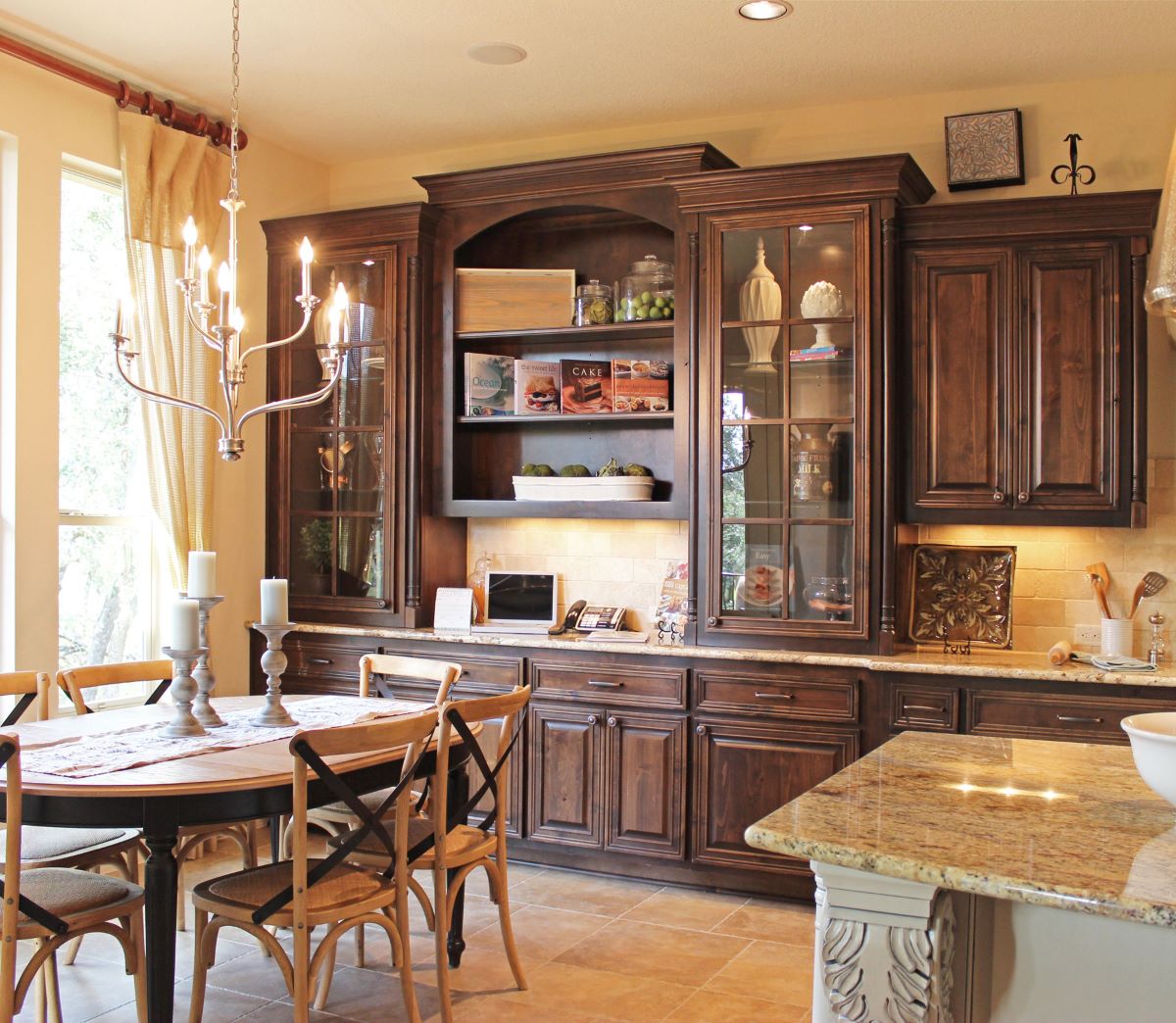
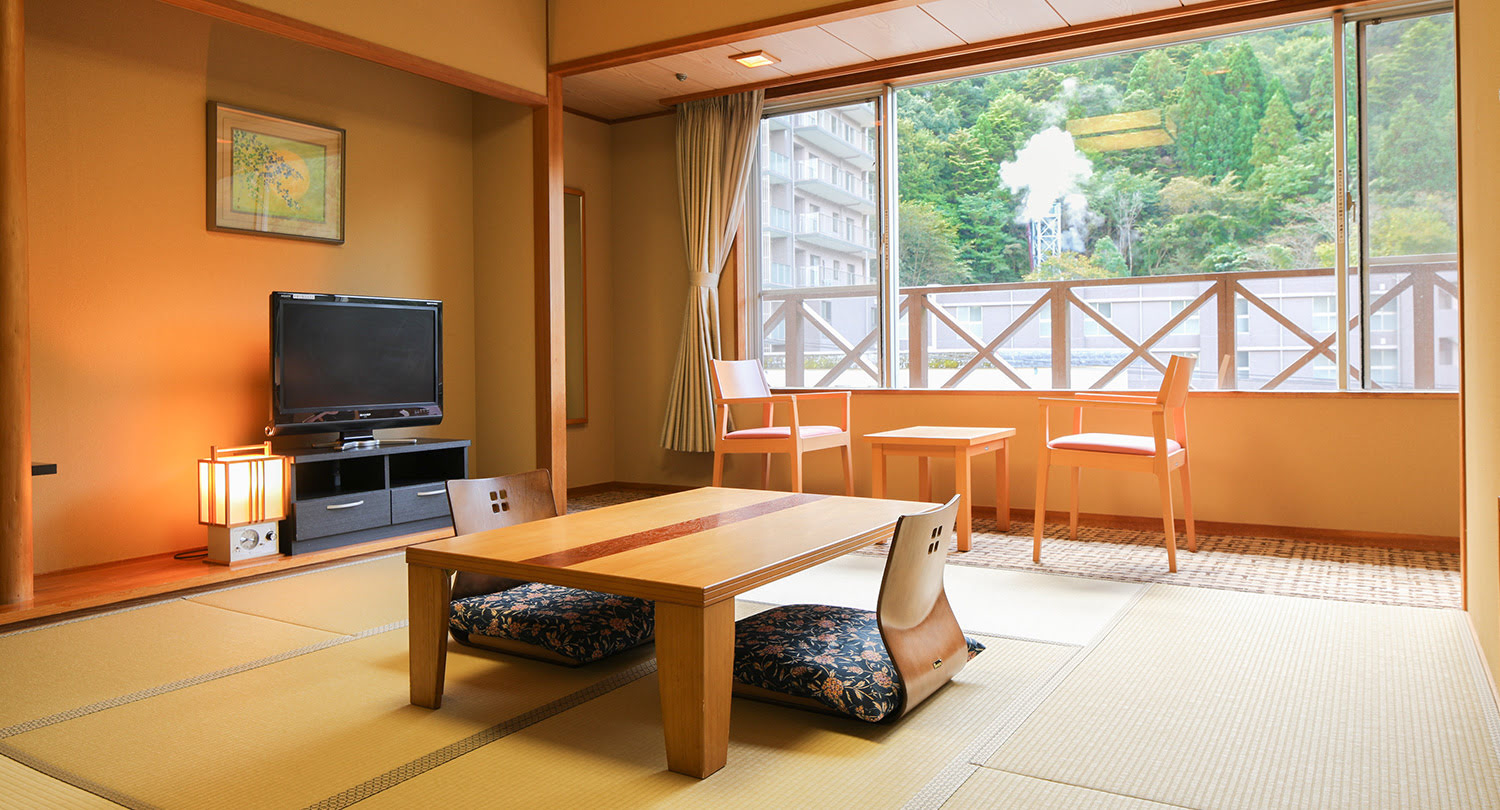

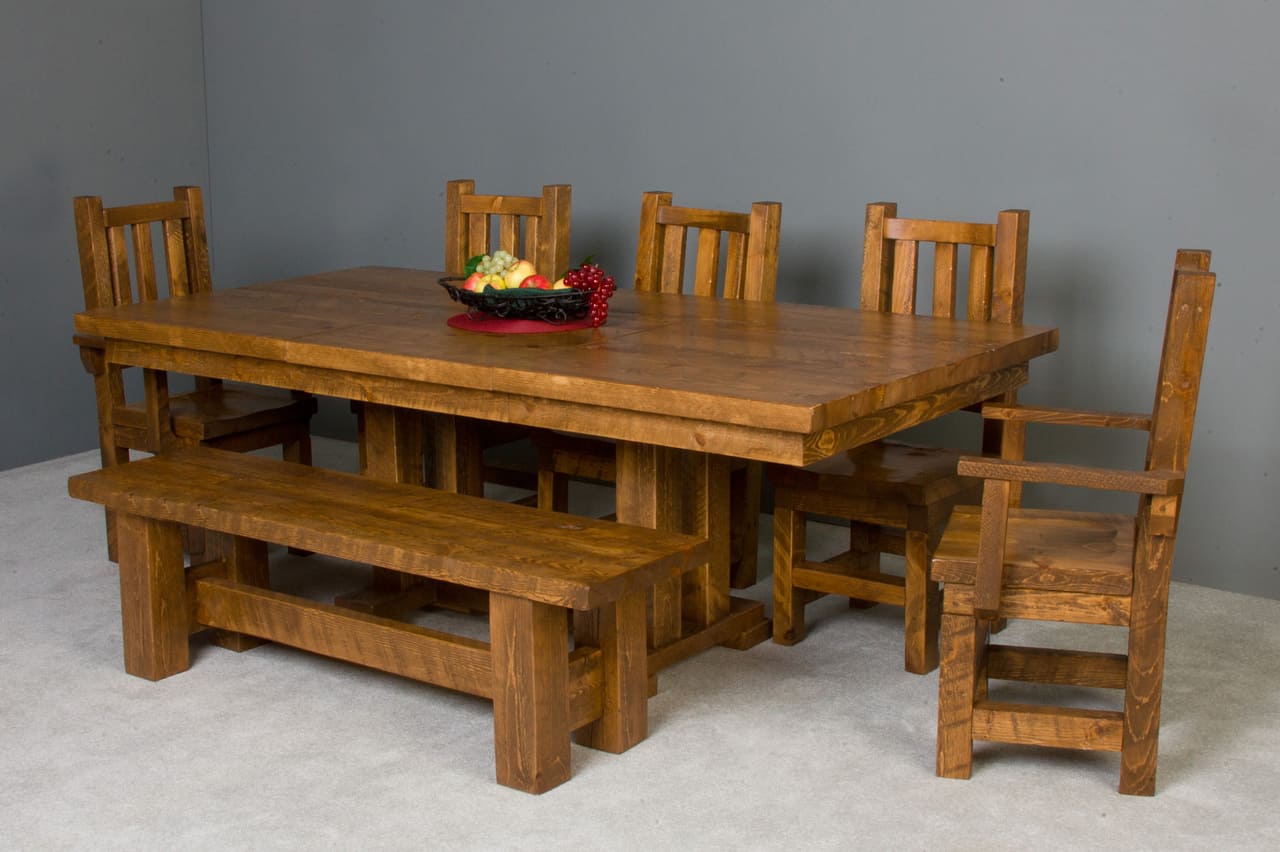
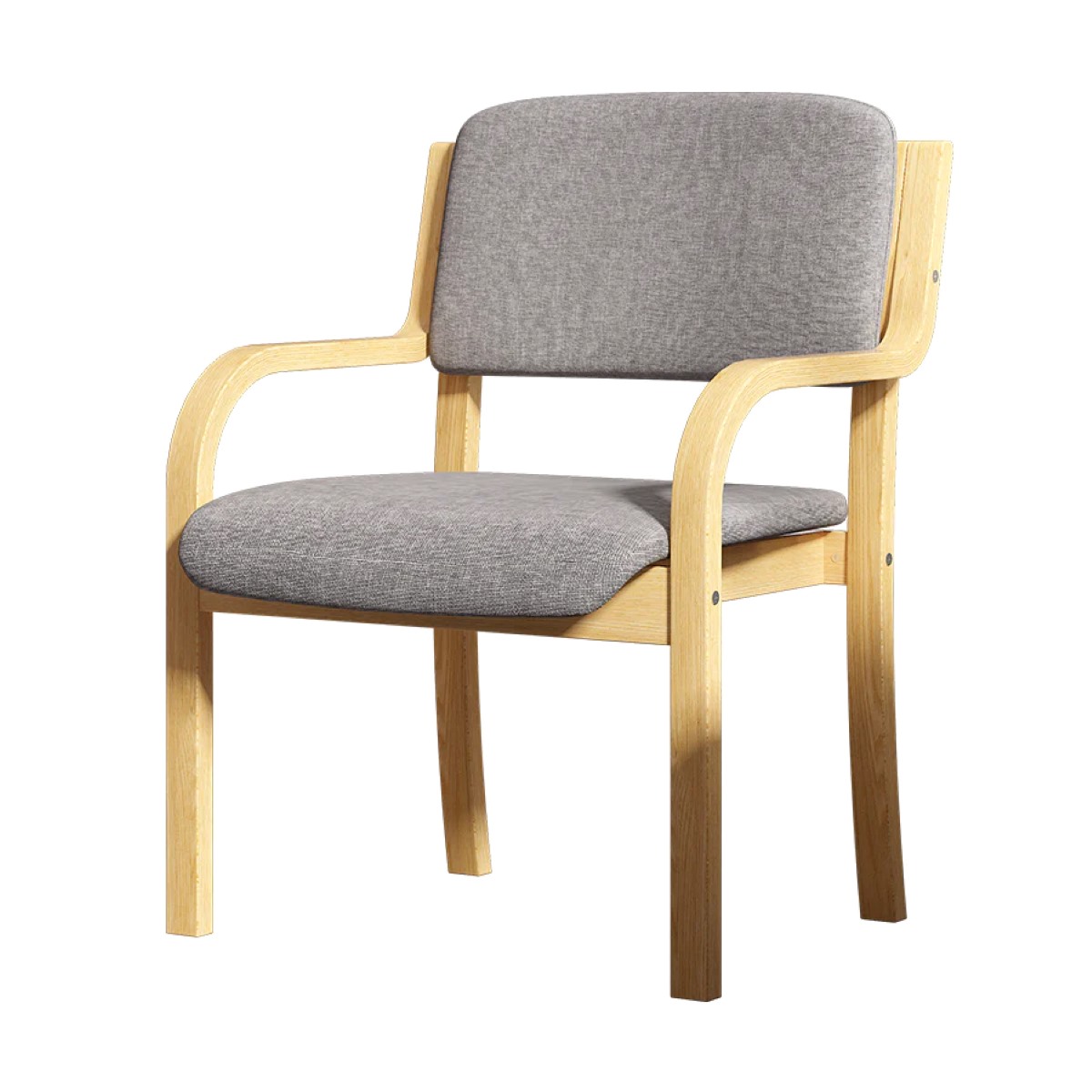
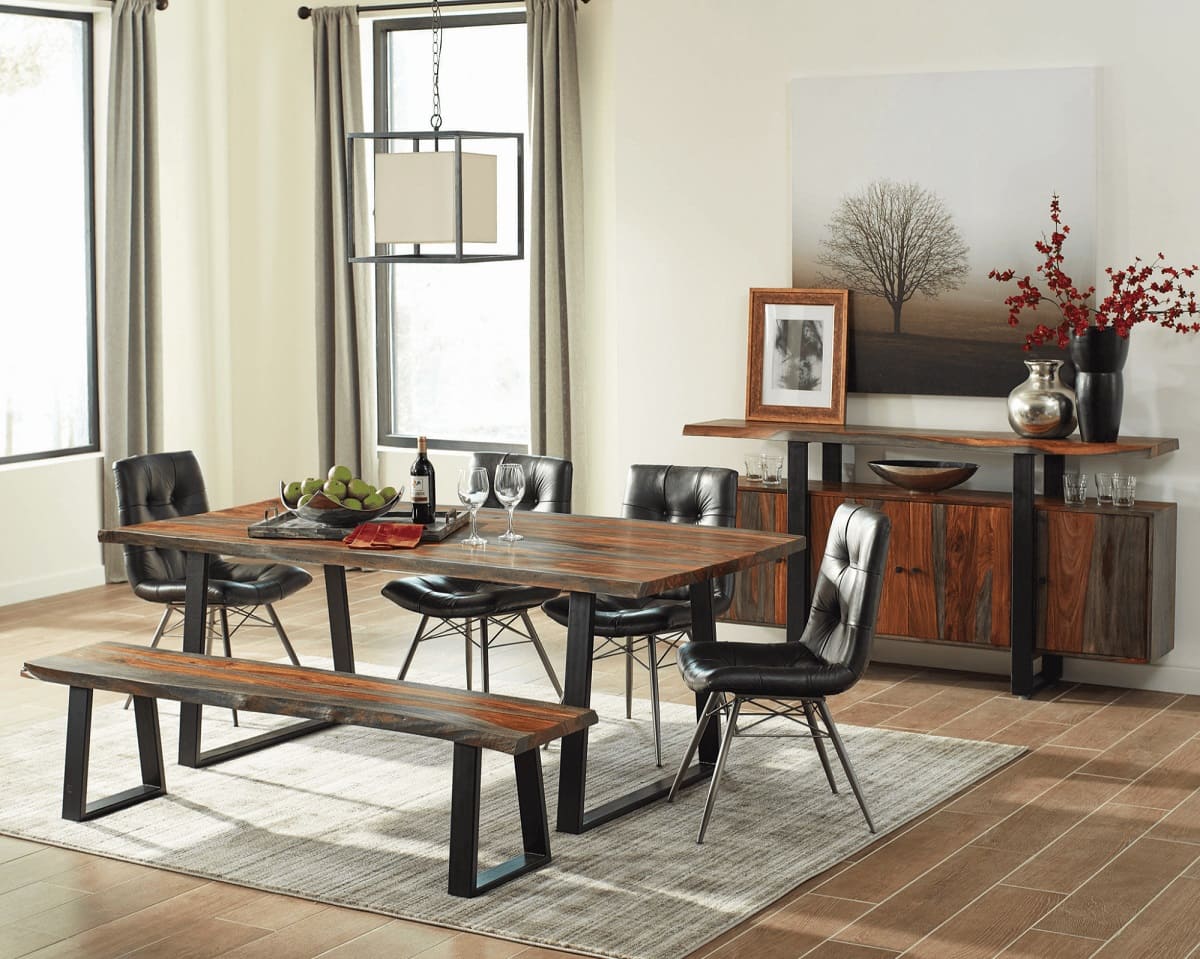
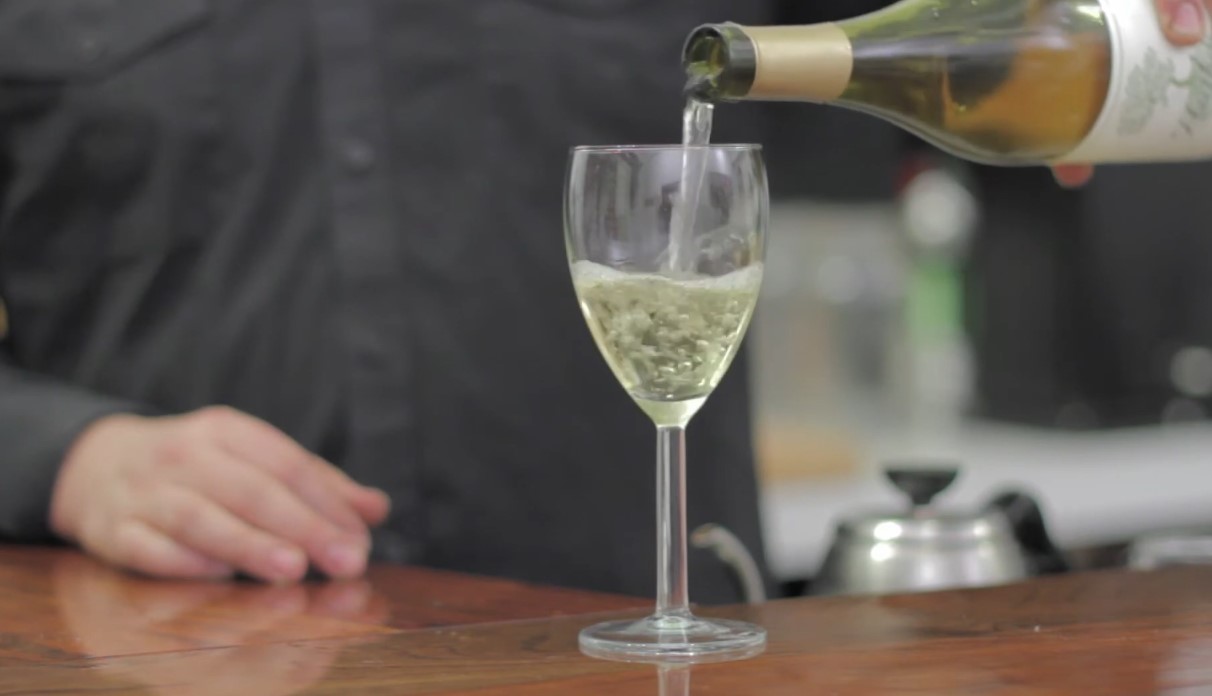
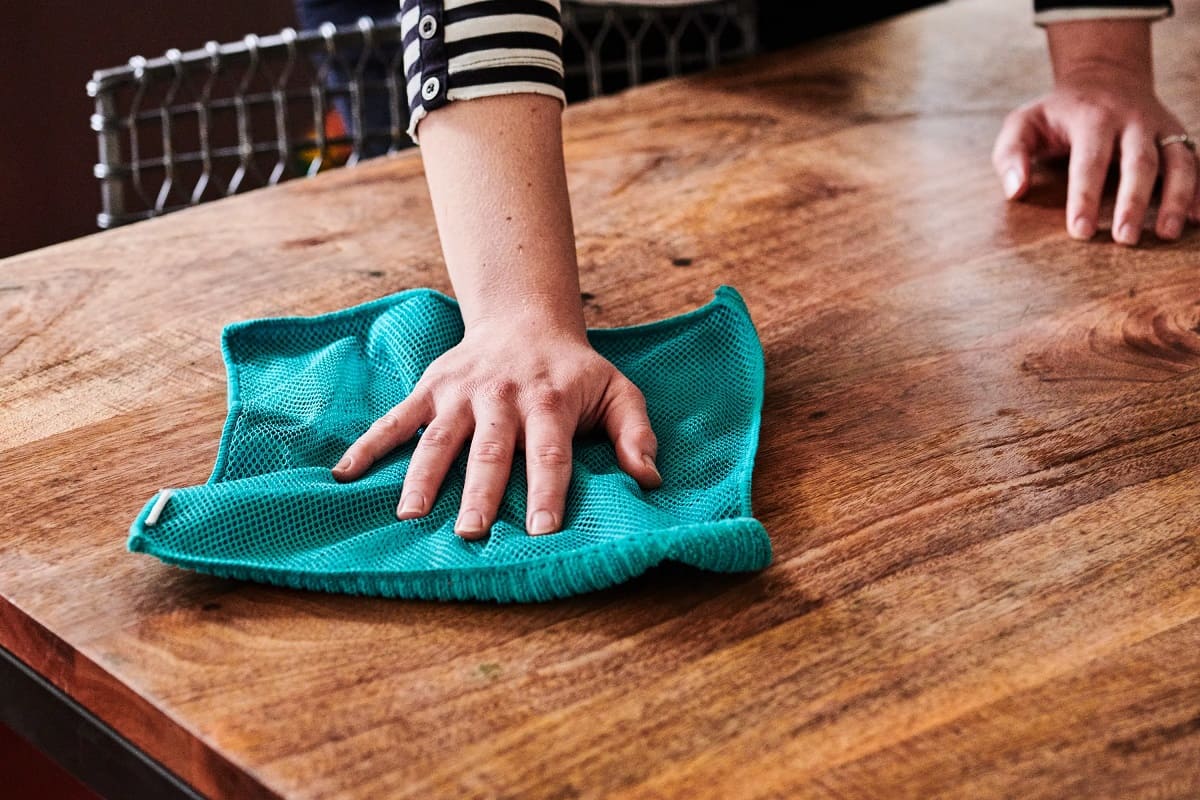
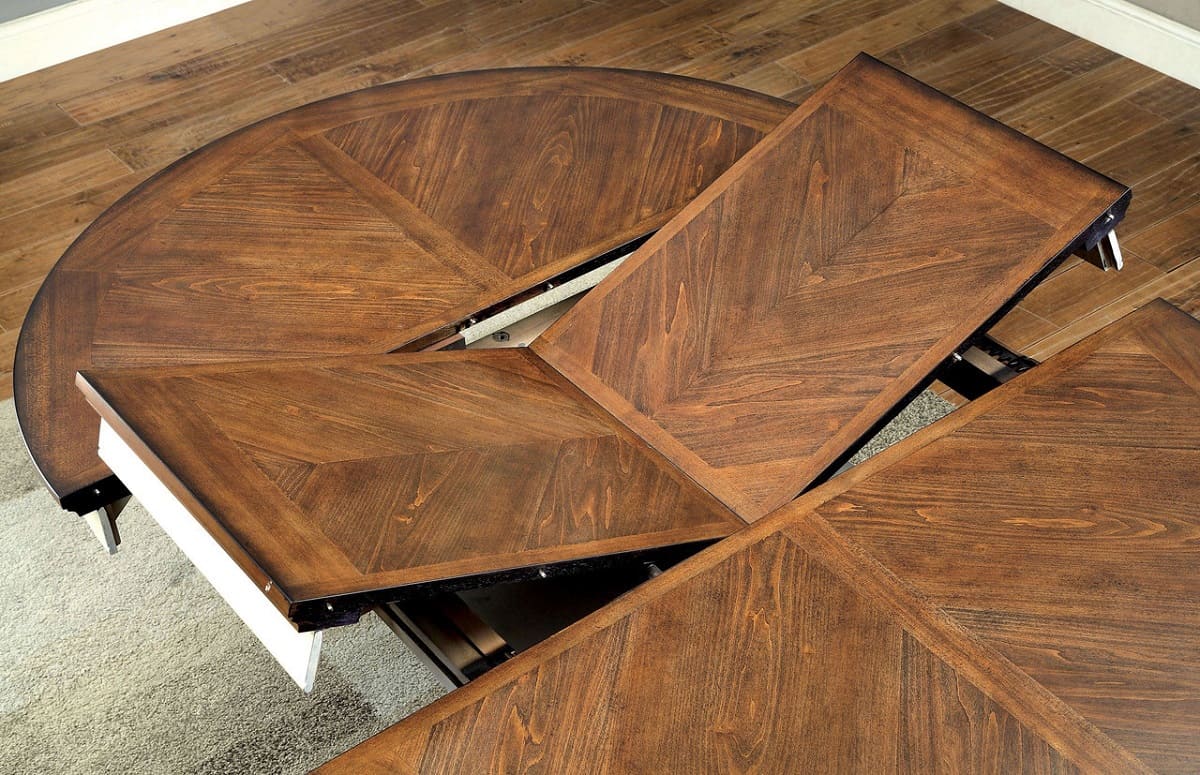
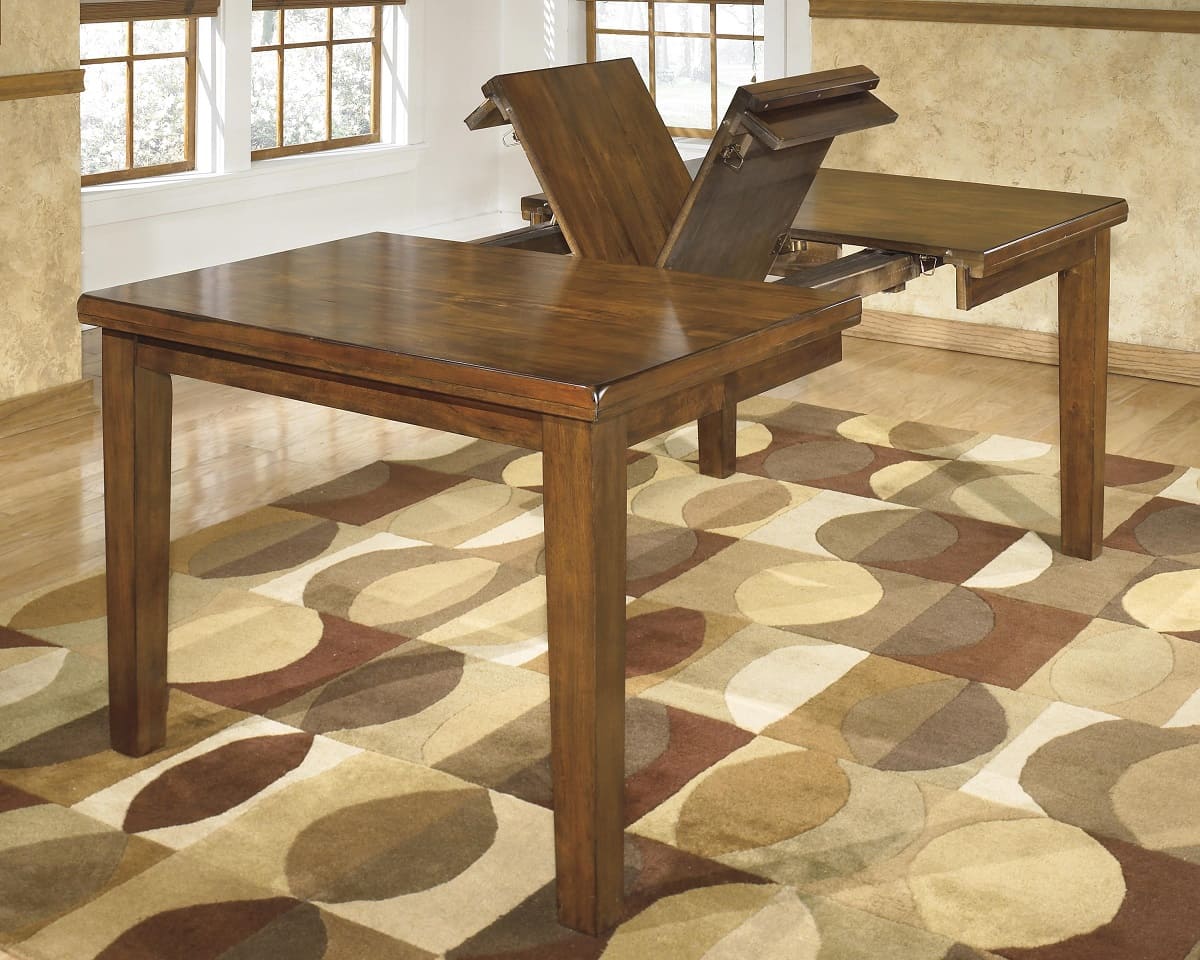
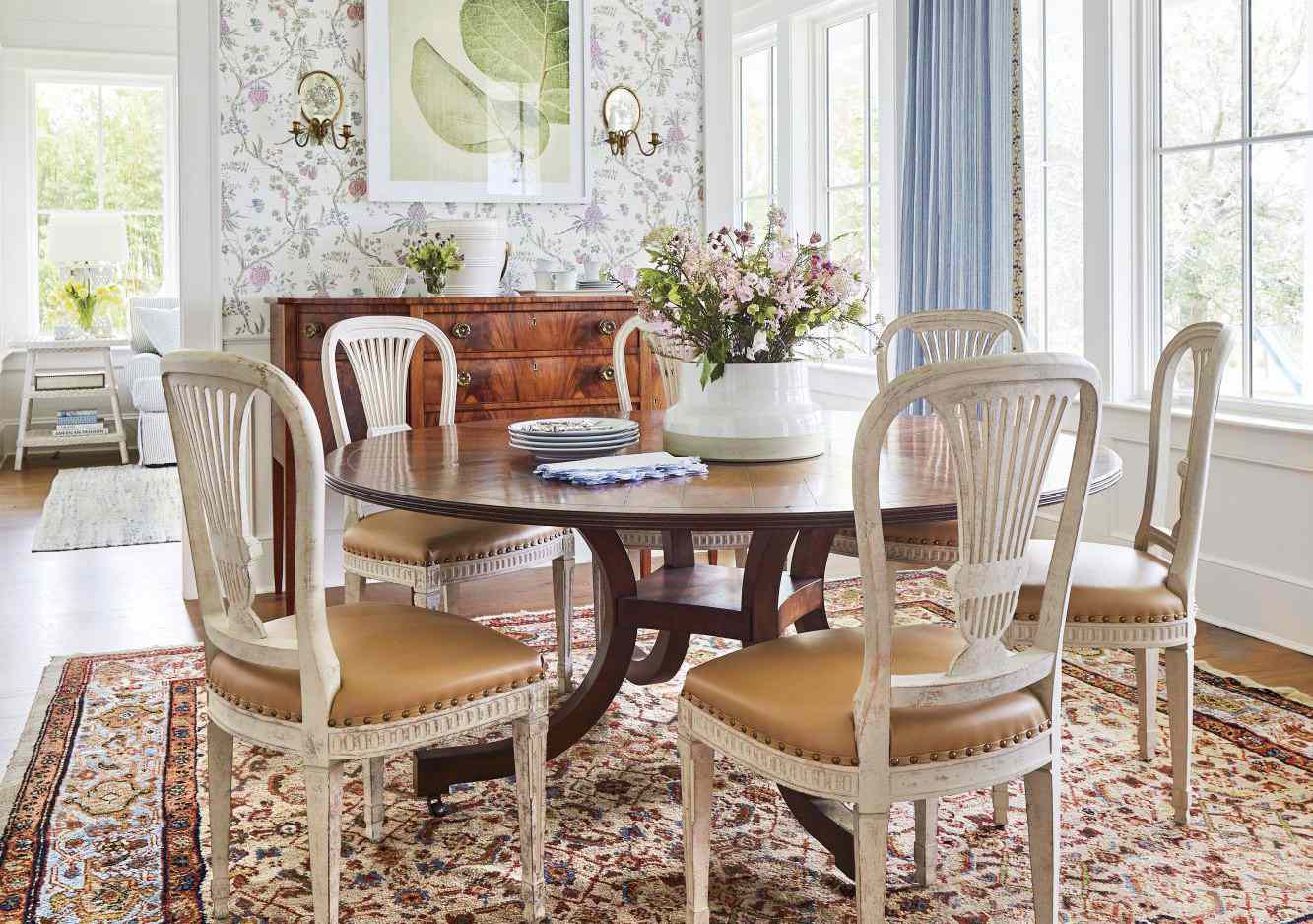
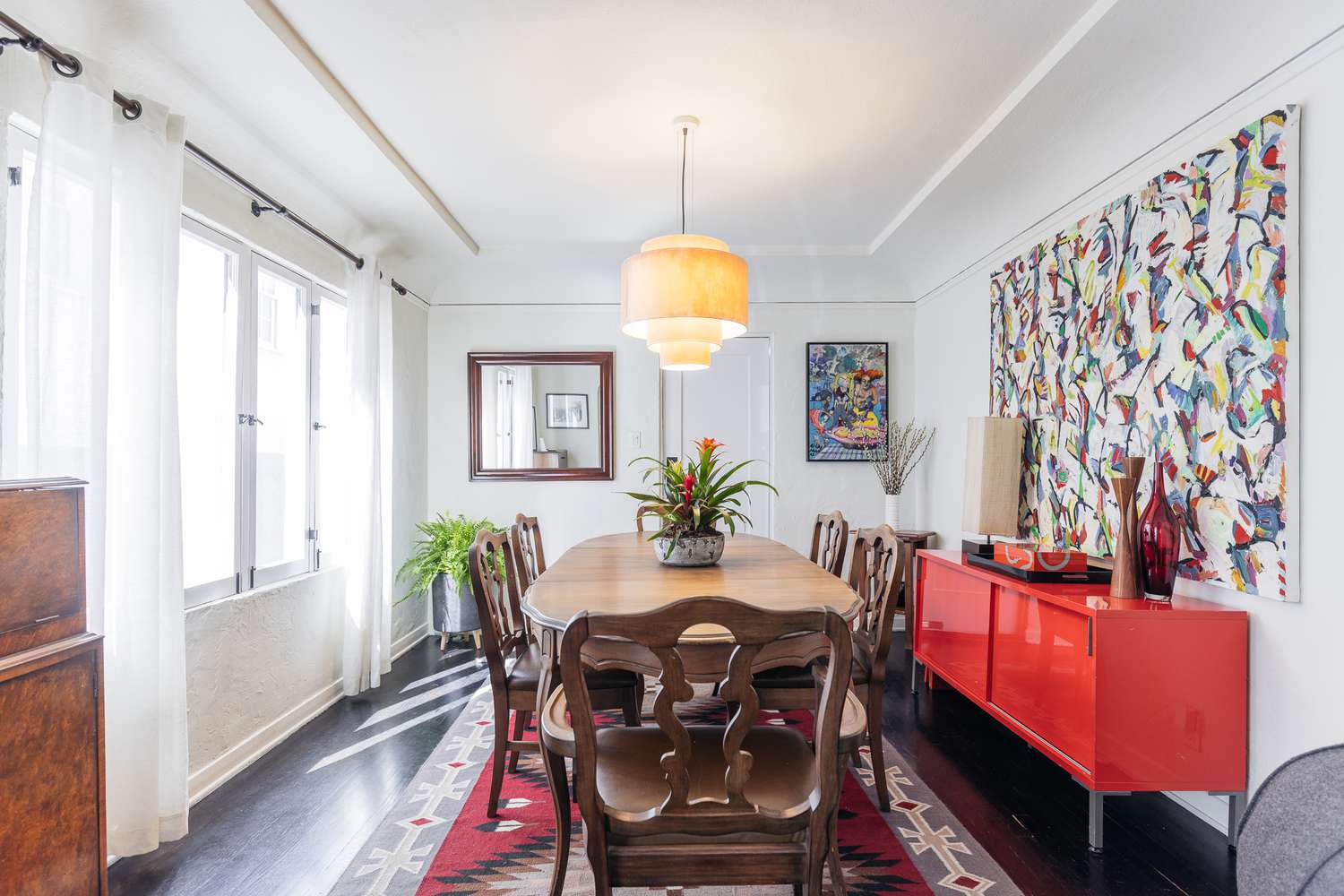
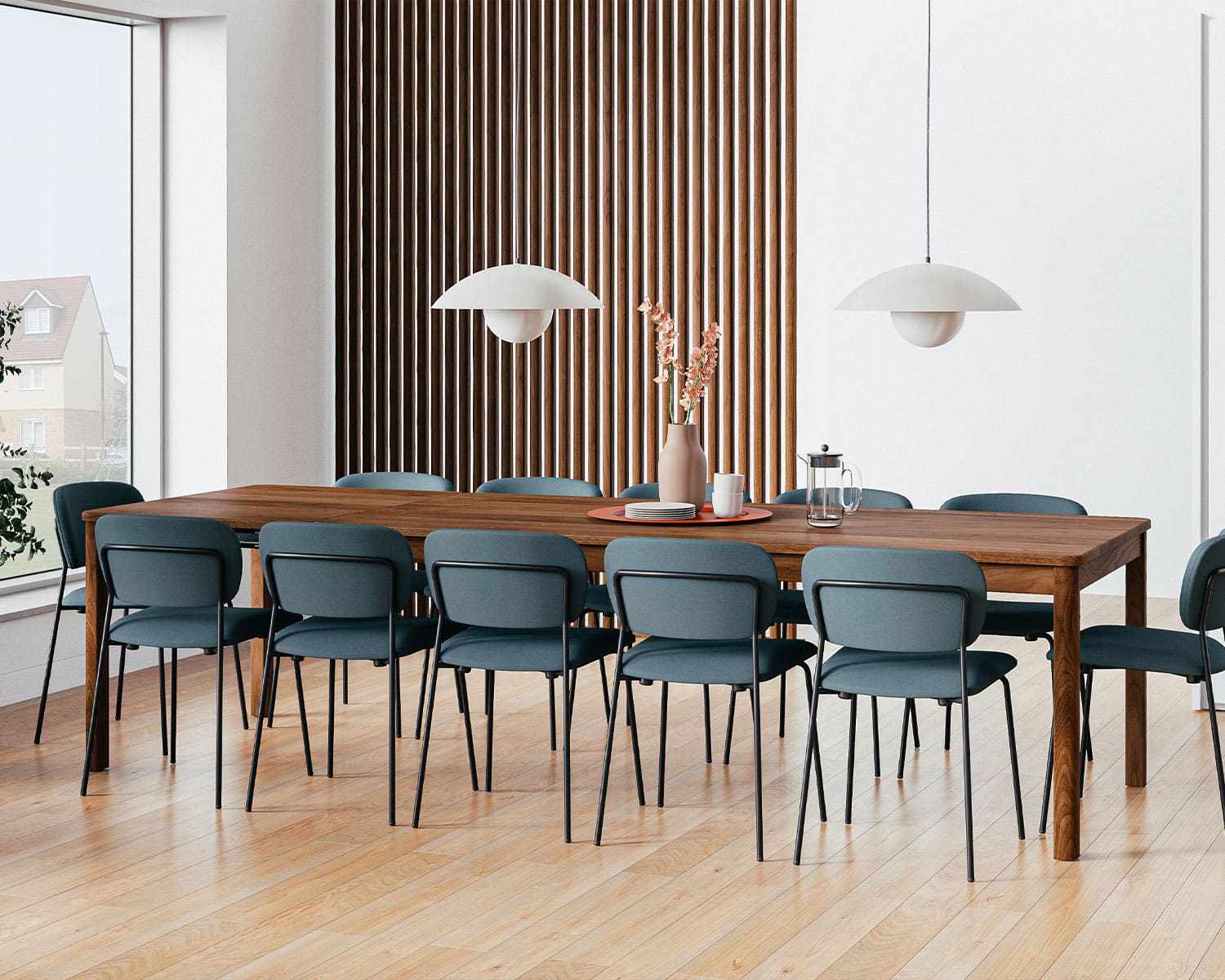
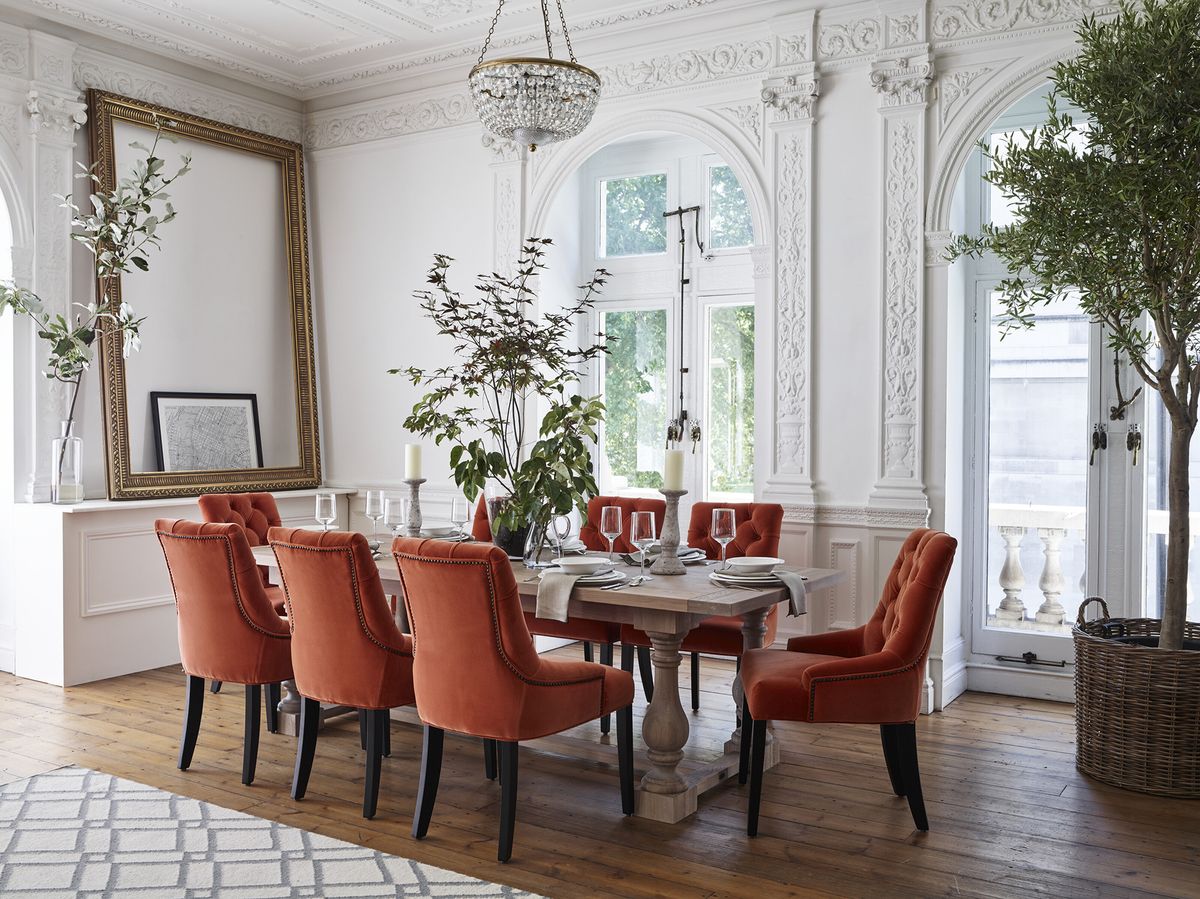

0 thoughts on “What Are Japanese Dining Tables Called?”